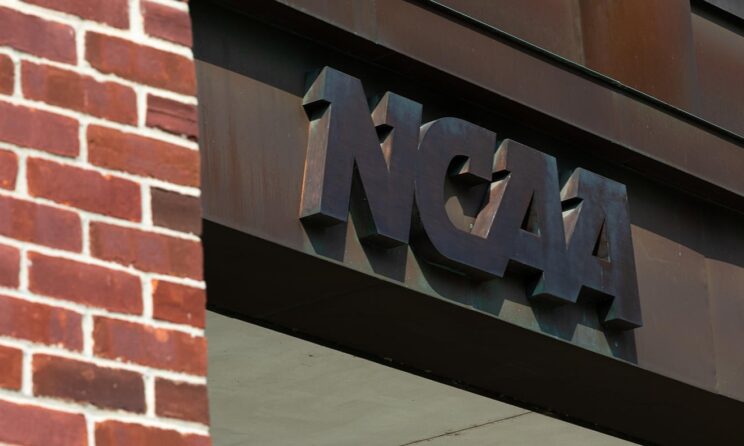
LAS VEGAS — In times of financial strife, the NCAA and its schools have always found a way to navigate murky waters.
In 1978, schools voted to split Division I into I-A and I-AA, consolidating power into the hands of legacy programs with the most brand value and TV juice. We know the two divisions today as FBS and FCS, respectively.
Around that same time, the College Football Association formed. The CFA represented what essentially was the modern-day Power Five in TV negotiations. Value in individual conferences was found, which led to TV executives falling over themselves to secure broadcasting rights.
When money became scarce in 2006, schools voted to add a 12th regular-season game, basically another windfall of revenue for an extra home tilt.
The BCS created a lucrative entity upon its inception in 1998 that carries through to today’s College Football Playoff system: an on-field championship for which networks are happy to pay top dollar.
The enterprise now faces what may be the biggest financial crisis in its history, however. Division I is on the hook for the House vs. NCAA settlement that tip toes right up to the edge of the cliff as it pertains to athletes becoming employees. Players have enjoyed name, image and likeness income for the past few years, but the House settlement allows revenue sharing for the first time.
Only a handful of athletic departments make money, and now the Power Four is about to be hit with approximately $22 million in revenue annually to be shared with athletes.
“We’ve lost our voice of what college athletics is about,” Texas athletic director Chris Del Conte said recently. “No one wants to hear that, but only 2% of our student-athletes are going to go pro. The rest of them are going…
..






